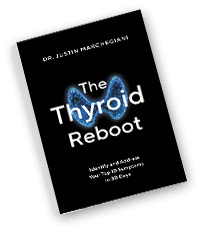Description
Urine Toxic Metals Test – Comprehensive Heavy Metal and Nutrient Element Analysis
The Urine Toxic Metals Test is a comprehensive assessment designed to evaluate exposure to potentially toxic metals and assess the body's retention and excretion capacity. By analyzing urine samples before and after the administration of a chelating agent (such as EDTA, DMSA, or DMPS), this test provides a clear picture of net metal retention and the effectiveness of detoxification therapies.
Toxic metal accumulation can result from chronic low-level environmental exposures and is linked to a wide range of health issues, including fatigue, cardiovascular disease, immune dysfunction, neurological symptoms, poor wound healing, and more. This test also helps monitor essential nutrient element wasting, which can occur during metal detox protocols.
Key Benefits
-
Accurately assesses toxic heavy metal burden in the body*
-
Guides personalized detoxification protocols using chelation therapy*
-
Monitors excretion of essential minerals during detoxification*
-
Useful for evaluating unexplained fatigue, neurological symptoms, hypertension, and immune dysfunction*
-
Provides data to support safe and effective treatment plans
Highlights:
-
Tests for a wide range of metals including lead, mercury, arsenic, cadmium, aluminum, and uranium
-
Measures both toxic and essential elements to evaluate nutrient depletion risks
-
Allows comparison of pre- and post-chelation urine samples for precise retention assessment
-
Results expressed per 24 hours and creatinine-corrected for accurate interpretation
-
Quick turnaround time: 2 to 4 days
Recommended Use:
Ideal for individuals with suspected toxic metal exposure, those experiencing chronic fatigue, neurological or cardiovascular issues, or patients undergoing or considering metal detoxification therapies. Also valuable for monitoring essential mineral status during chelation.
Heavy Metals Tested:
Aluminum, Antimony, Arsenic, Barium, Beryllium, Bismuth, Cadmium, Cesium, Gadolinium, Lead, Mercury, Nickel, Palladium, Platinum, Tellurium, Thallium, Thorium, Tin, Tungsten, Uranium.
========================
IN CASE YOU MISSED IT:







Reviews
There are no reviews yet.